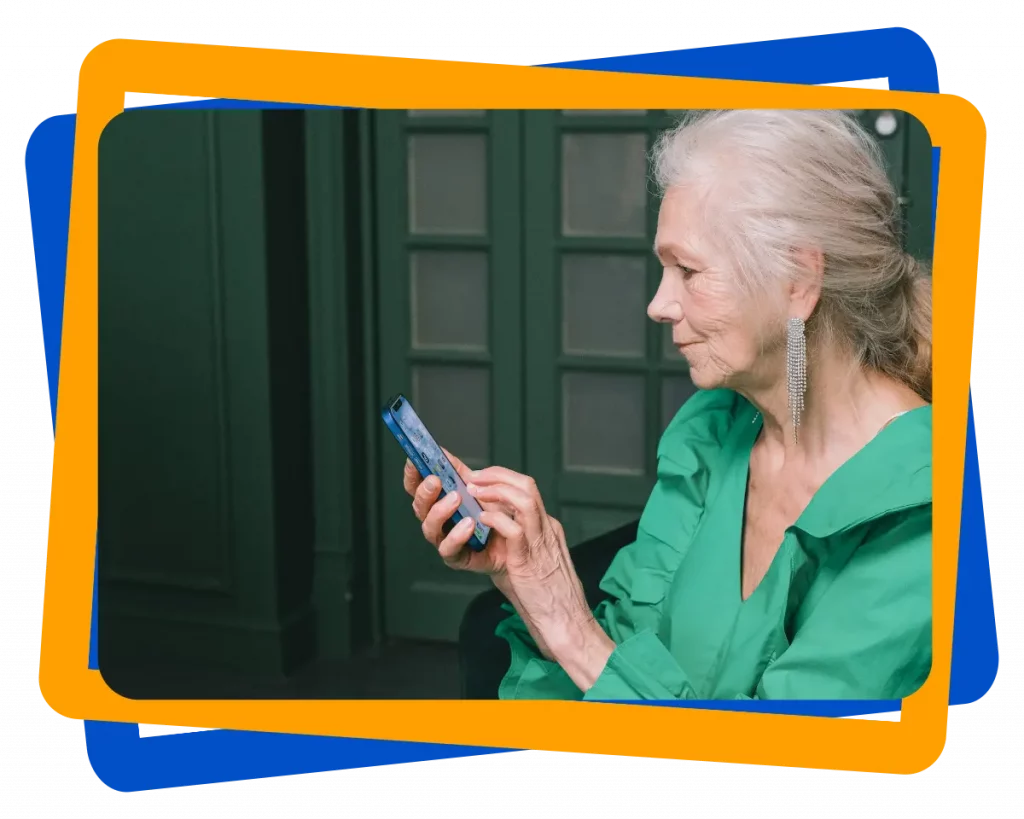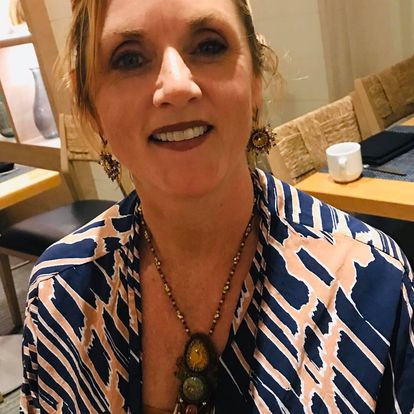
Social Media Marketing
Social Media Marketing Means ‘Social’ not ‘Sell’
I know you’ve heard this before but let’s really hit you over the head with it (with a soft landing): social media platforms are designed to attract, engage and motivate your desired audience to take some action – the action you want them to take that speaks to their interests. And that’s more likely to send them to your website or your offer of free content that will:
- Let them know you’re in a position to do for them what they need done.
- Give them a sense of your style; what it would be like to work with you.
That’s it. There’s no selling here; just building a relationship of trust in you and your skills to solve their problem, expand their opportunity.
And, you already know how this happens; you’ve been building all kinds of relationships your whole life from the first time you shared a pail and shovel in the sand box to the time you aced the first meeting with your in-laws or condo board. You do it so well yet, somehow have let go of that skill when it comes to social media. That’s why we’ve perfected a 5-step process to build relationships – natural, conversational relationships – that build your new friends’ or connections’ trust in you and your credibility as an expert. Maybe even as an expert they’ve been hoping to find! Wouldn’t that be great?
Now, here’s something else you need to know about social platforms: you don’t need to be on them all.


Grow Your Brand's Presence On The Social Networks That Matter Most to YOU
No matter what your competitor is doing, what some other guru swore would work, and no matter what your teenager is screaming at you to use, there’s only one way to choose your social media platform: “where is your audience when they’re receptive to your marketing message?”
You know what else is so important about that? The more places you put your message, the more expensive it becomes and the less return you get on your dollars. You get less response or response from people who don’t really need what your products and services can deliver.
So, where should those messages be? We don’t know yet and we will, after we’ve had some conversation. If you’d like to learn more about how to select where to put your messaging and what are the important elements to consider, check out the report at the other end of this button.
What Our Clients Say







Reach Your Audience
1. Know who they are
2. Where they can be found when receptive to your message
3. What they hope to achieve when they purchase and use your product

Listen And Engage
Best way to know how to serve your buyers?
Ask them: ask them why they’re in the market, why now, why they’re switching from a competitor, what happened to make your widget a priority.
But don’t stop there; there’s plenty more they’ll share with your sincere expression of interest.

What’s your goal?
Do you know what your campaign needs to achieve to make you happy?
Sure, the occasional experiment is great but decide how long to keep it going before realizing it’s a loser or a winner.
After that, you know what to do.

Check Performance
Is your message delivering the result you want?
Does it need a tweak or major overhaul?
Figure out what’s working, what’s not. Do you need to revisit your assumptions? Your competitor? Your budget?
Don’t get married to the campaign unless it makes you happy with the resulting numbers.
